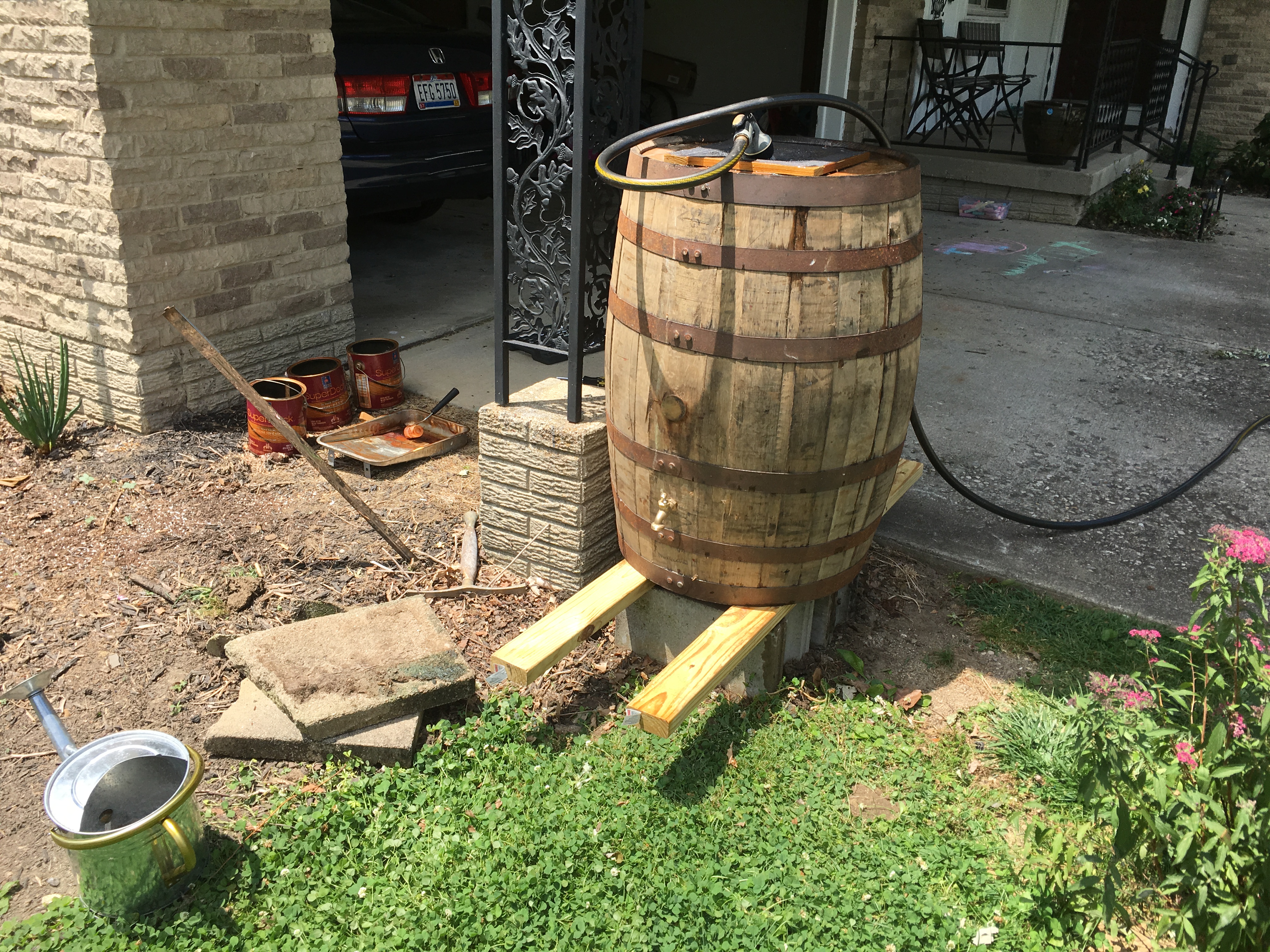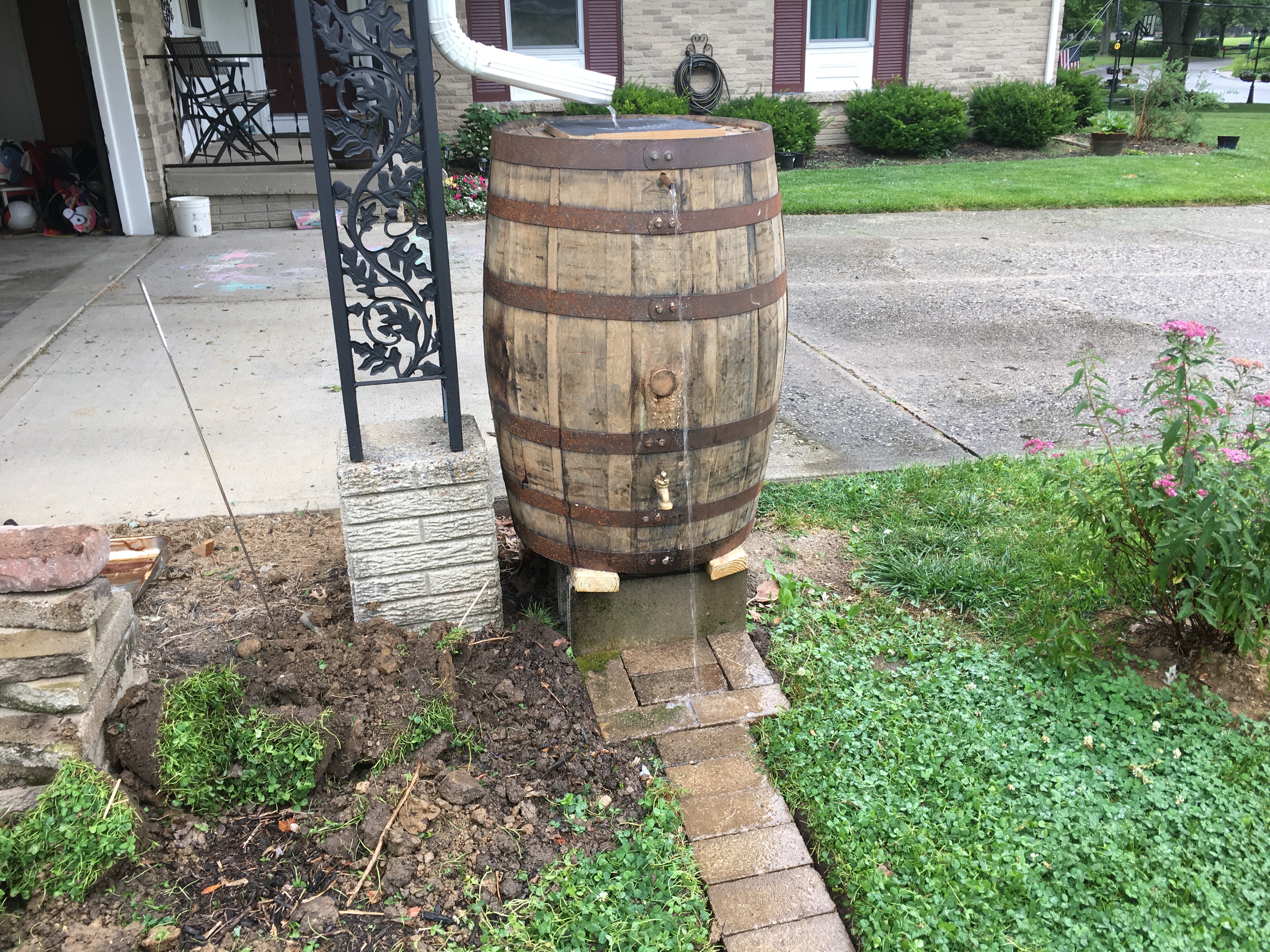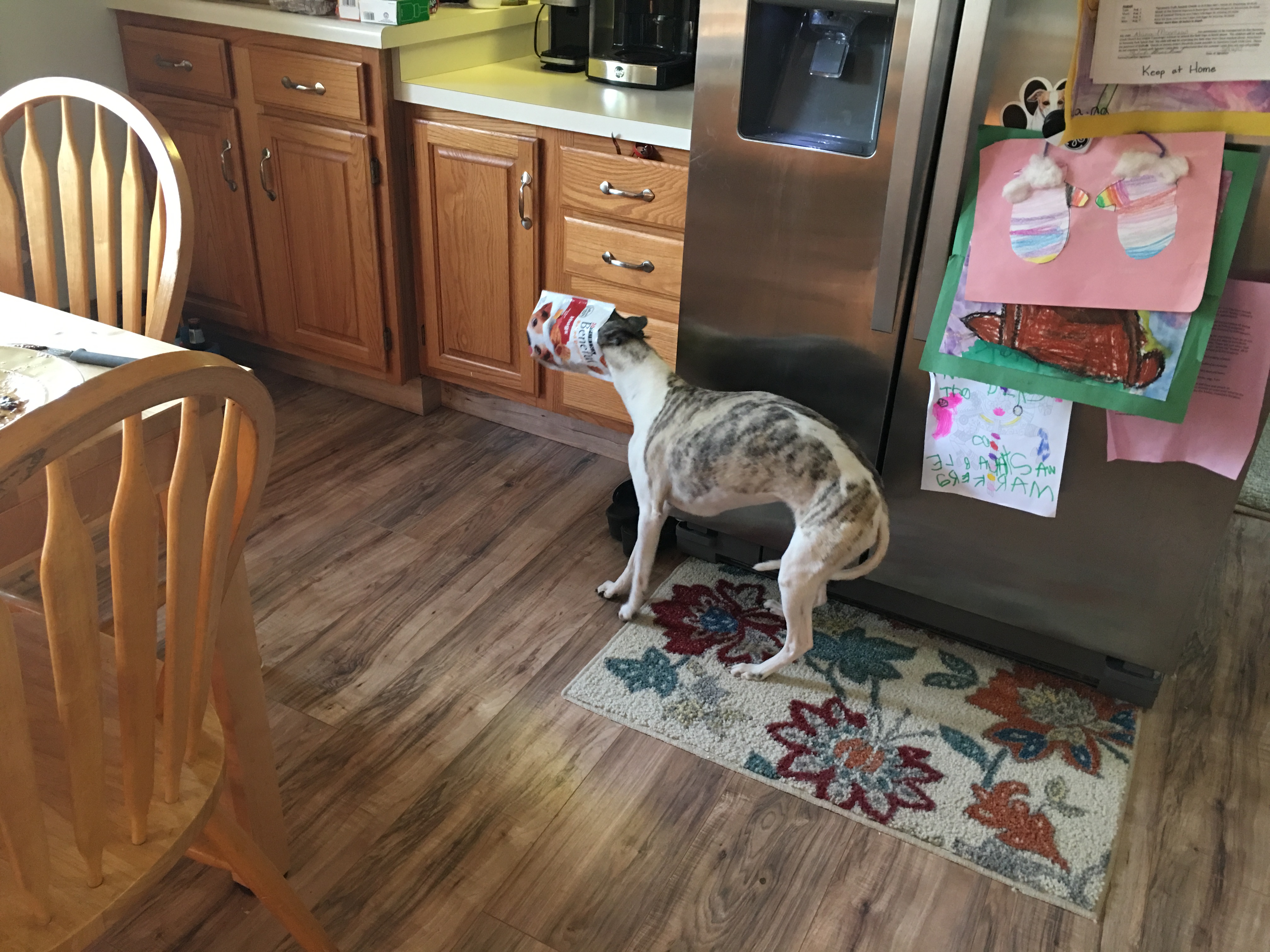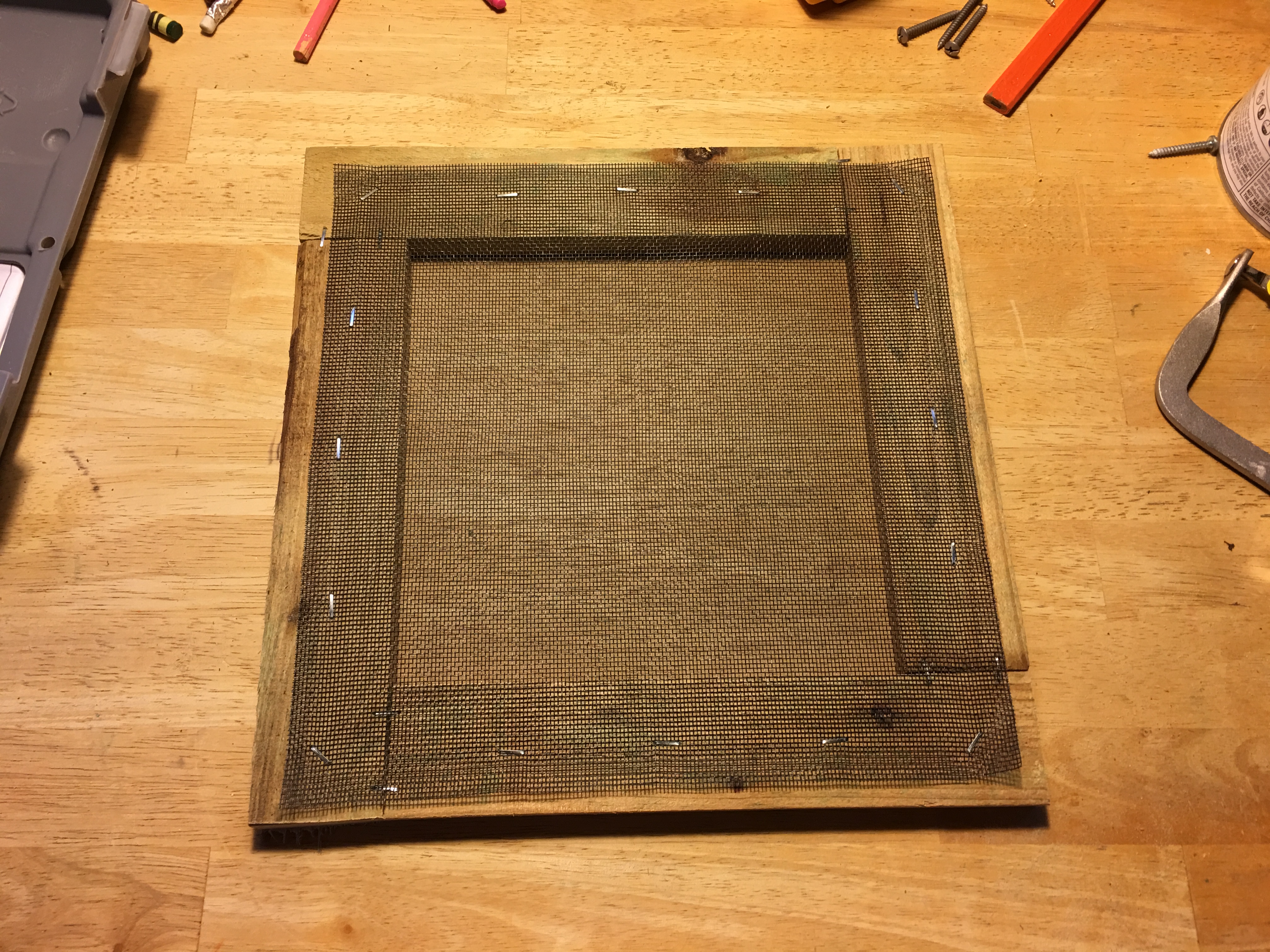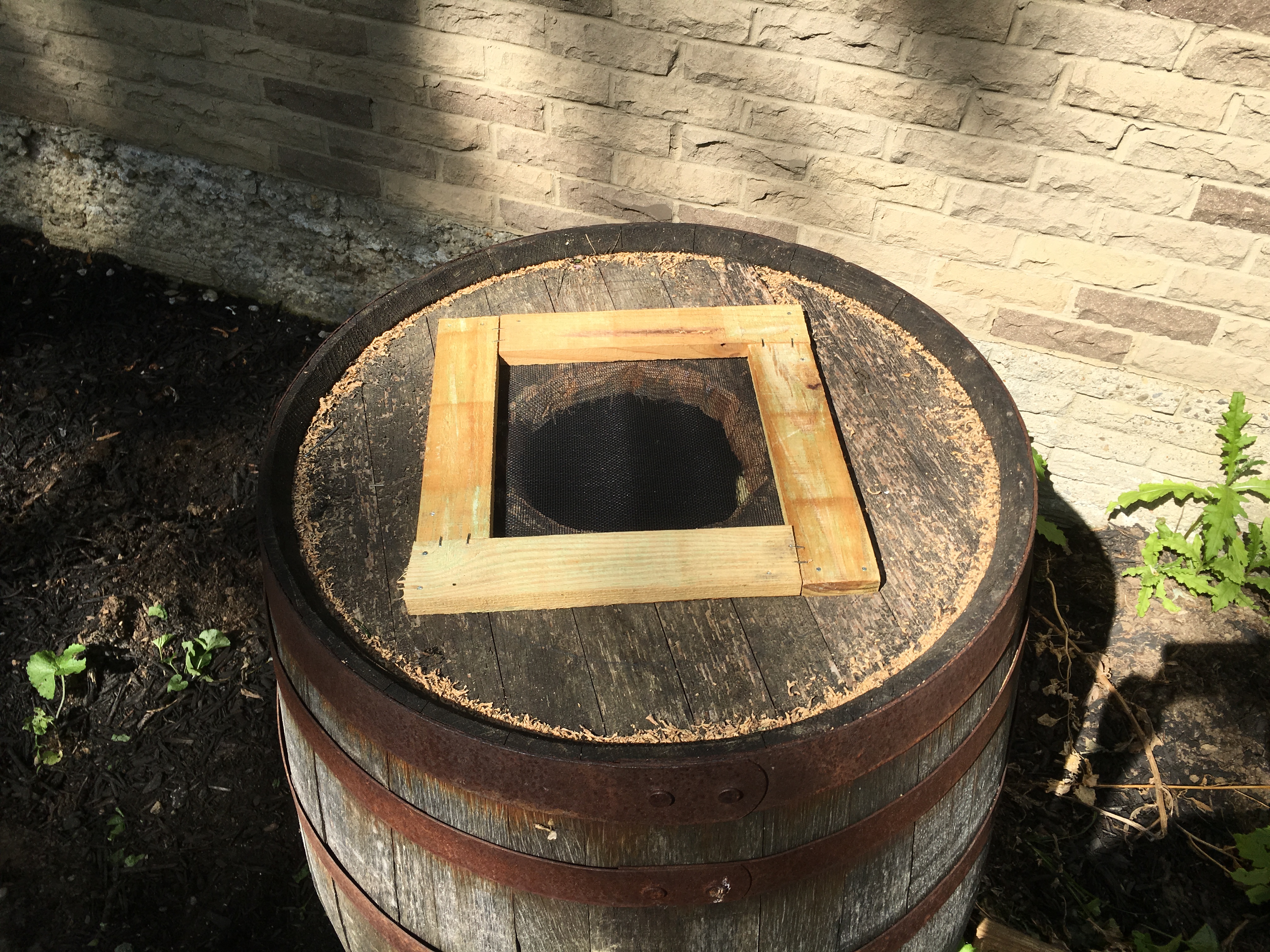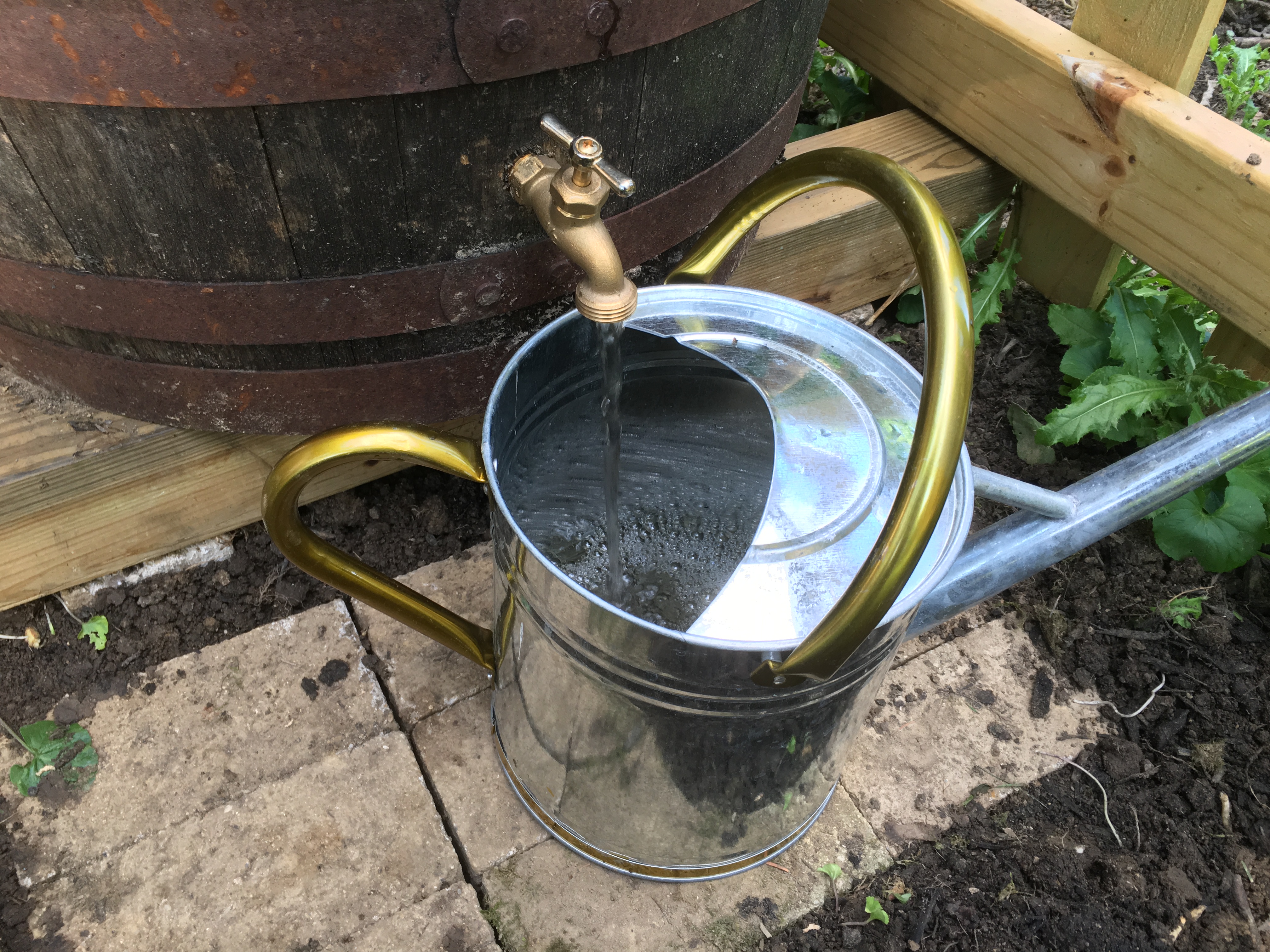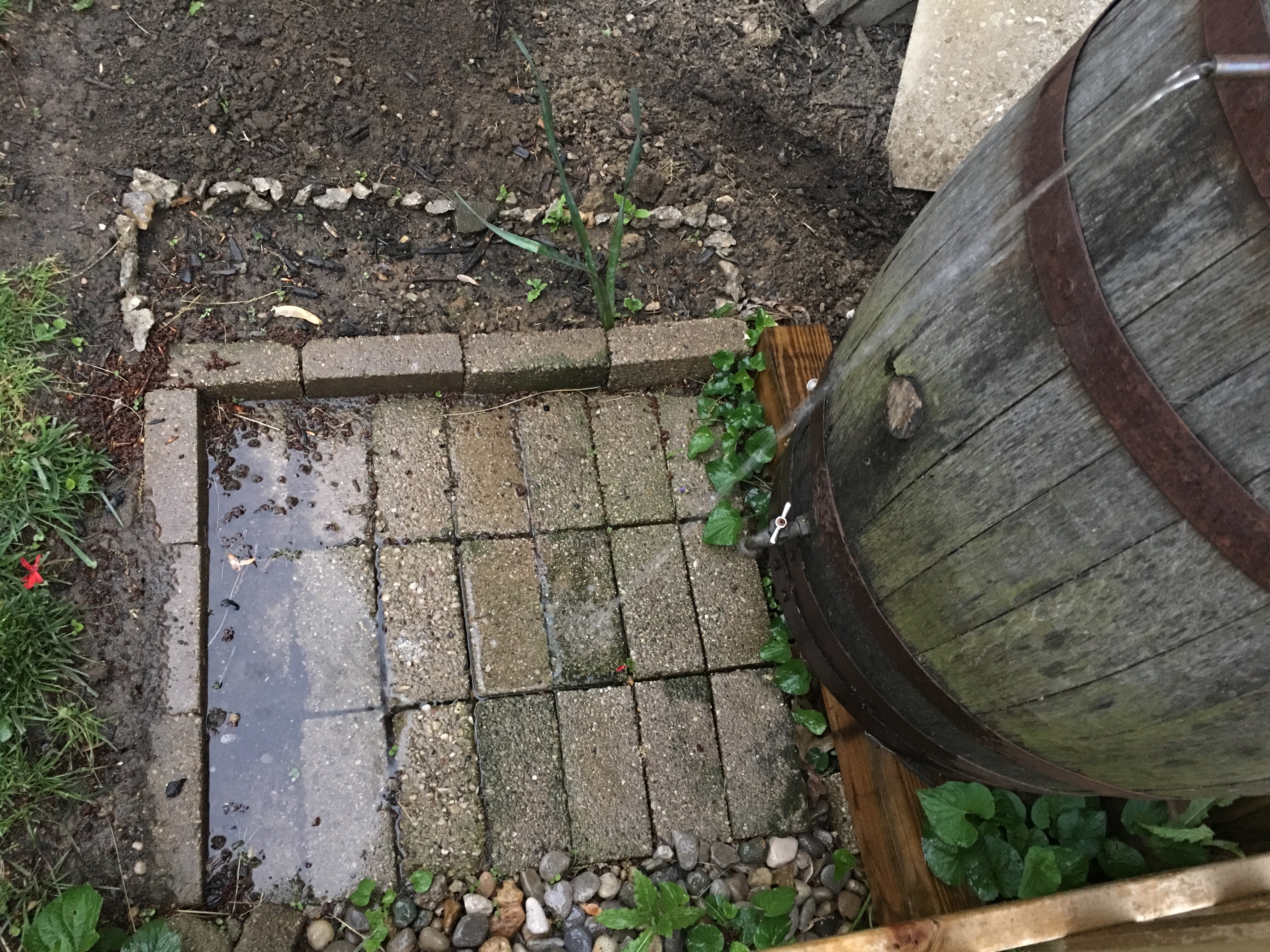I’m understanding more and more the appeal of hydroponics. I could grow vegetables in a controlled environment, maximizing yield while minimizing space, all the while eliminating pest problems. I realize of course that this is an overly-simplified view of gardening, but frustrations lead me to consider it.
This, The Year of the Garden, has me experimenting. Before I choose how to invest my energy and resources, I have planted a variety of test plants. At the end of the year I will consider the results of these subjects, then use it as a baseline to decide what to grow in the future. Except tomatoes of course–I will always grow those.
Still, it’s irritating when something doesn’t work out. Yet I’m quite the gardening pragmatist on all matters besides tomatoes, so rather that fight nature, I strike bargains with it. The rabbits are eating my flowers, so I plant beans and clover–something far tastier. The rabbits in turn have, for the most part, agreed to leave everything else alone.
But, there are forces with which I cannot reason. And said forces are always of the insecta variety. I had a tentative relationship with my local ecology, until the Japanese beetles arrived. Nasty little harbingers of death. First they attacked my crabapple, then the ash, then the peppers, then the basil. So I did what I don’t like to do–applied insecticide. I’ve also installed a beetle trap for the first time. I don’t like to take these measures because they always have adverse and unpredictable effects on the balance. But it was either that or lose my entire garden to the scourge.
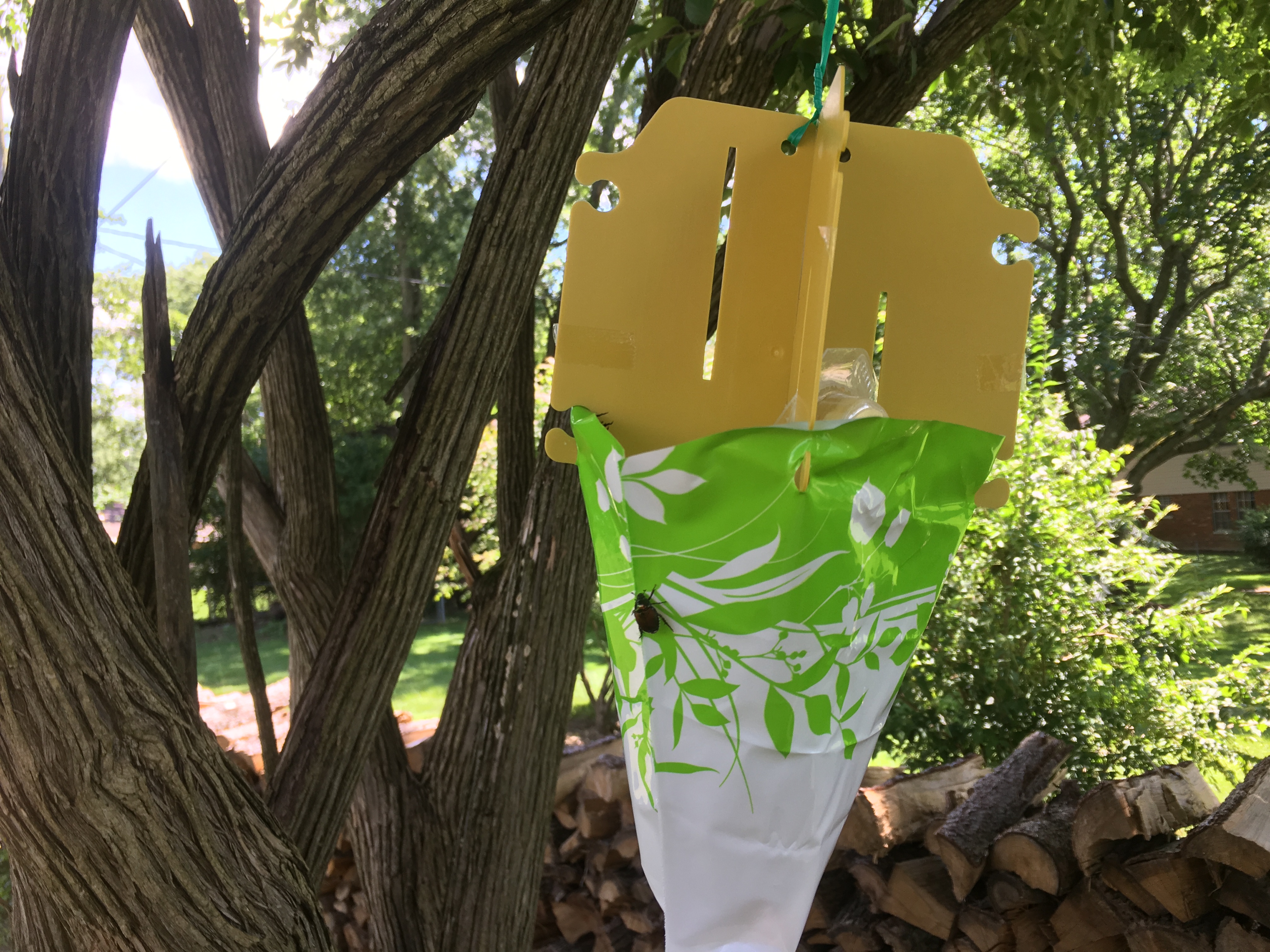
I had a couple pumpkins volunteer, no doubt from the Jacks who withered away post-Halloween. And wouldn’t it be cool to grow a pumpkin? I did successfully manage to do so one year at the townhouse. My pride and joy this year is big and happy.
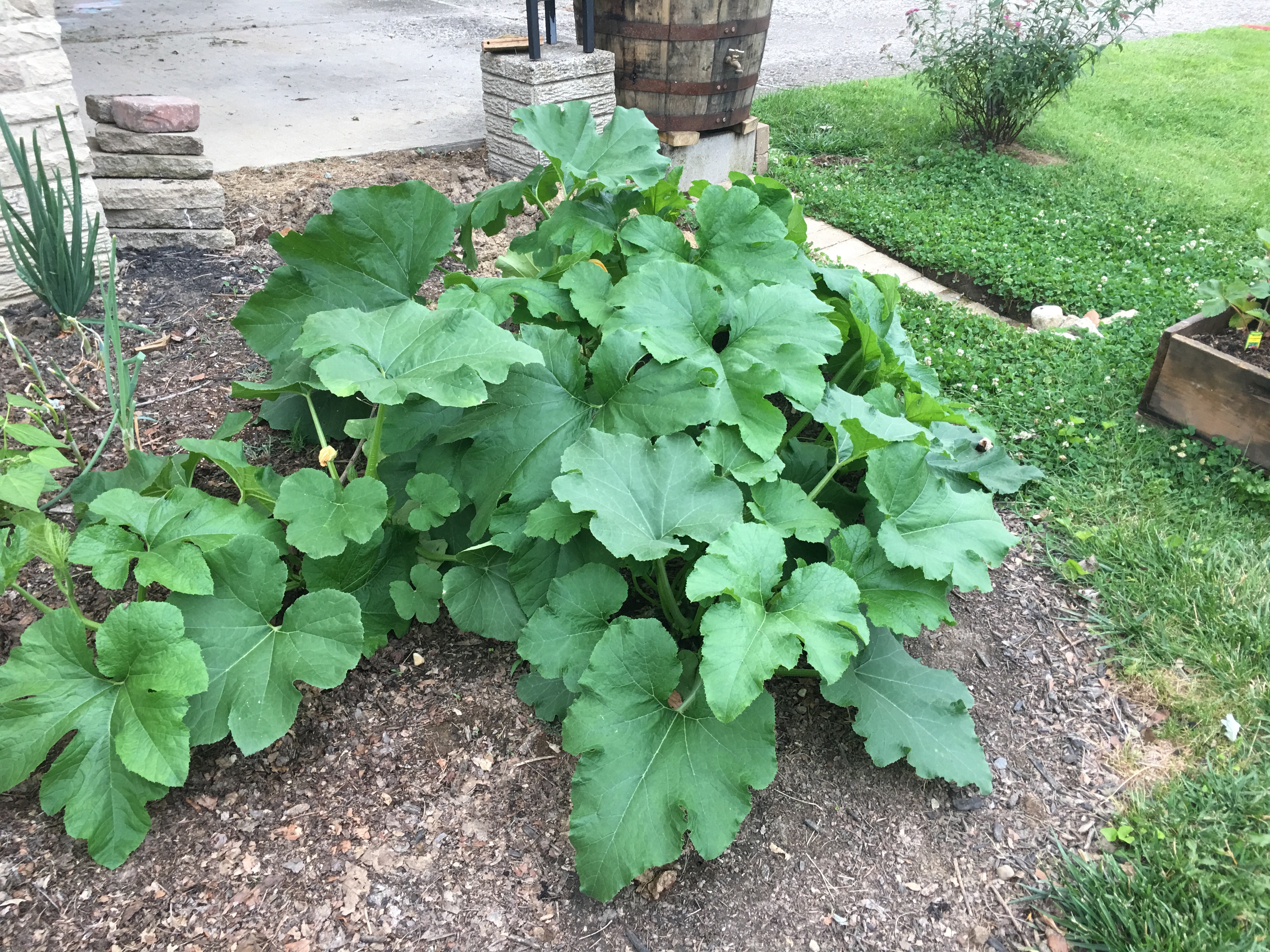
Then I noticed some interesting wasps frequenting the plant. From experience, I generally take that as a good sign, as they prey upon things that eat my vegetables. But this wasp was one I hadn’t seen before. Curious, I took to the Internet, but as we can still only search with text, it made identification difficult. So I consulted a better resource: the family chat. It is often quite convenient that I have contact with such a variety of biologists whose degrees and hobbies frequently overlap. I took a photo of the questionable insect and sent it to the group.
Moments later, I received a response. I was instantly concerned. Such a quick turnaround couldn’t possibly be good news. My sister advised me it was a vine borer, followed by the comment: “mother fuckers!’ and the suggestion that I “kill them!!!!” as “THEY WILL DESTROY ALL YOUR SQUASHES”. I must say, that was very clear and concise expert instruction. So many of my colleagues could learn from this effective communication.
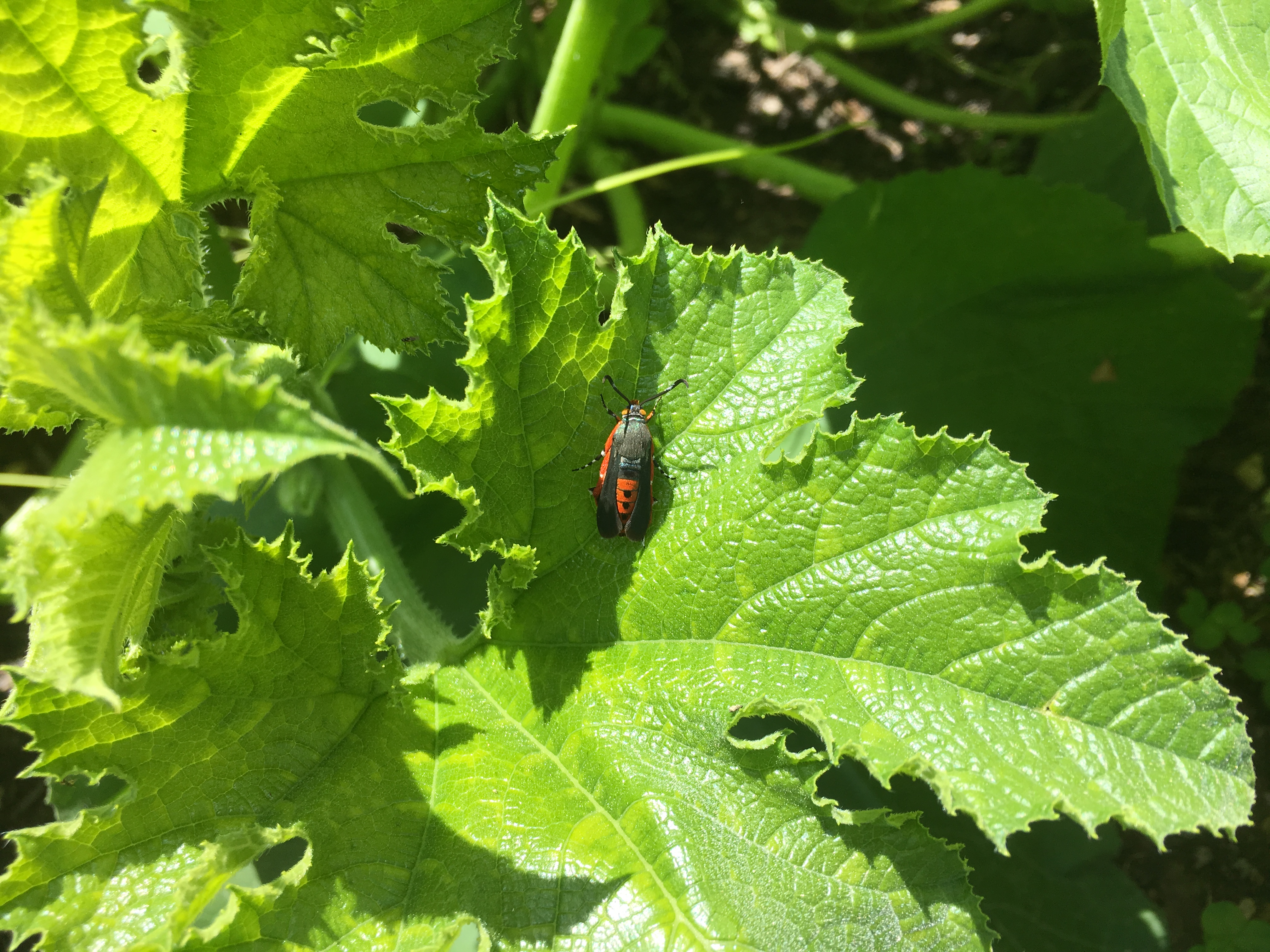
So it turns out that this little fucker is a moth. As the name implies, their pupae bore through the stems, often with fatal results. The myriad of treatment suggestions ranged from targeted excision of the grub to injecting BT. This seemed like a lot of trouble for a plant I wasn’t terribly vested in, so I guess I’ll just wait to see what happens. The main stem is already chewed, so I doubt there’s much I could do anyway. Pity.
Are there any bugs that selectively eat dandelions and thistles?
–Simon


